If you listen to a hive of bees, what you’ll hear is a droning, humming buzz. Sometimes it gets so loud that you might wonder how the bees hear each other at all. Well, the truth is: they don’t. Bees don’t need to hear each other, because they don’t talk to each other using sounds.
If you listen to a hive of bees, what you’ll hear is a droning, humming buzz. Sometimes it gets so loud that you might wonder how the bees hear each other at all. Well, the truth is: they don’t. Bees don’t need to hear each other, because they don’t talk to each other using sounds. Bees talk to each other by making smells, and by dancing!
In school science, you might learn that a hive contains a queen bee and thousands of worker bees. The big queen is surrounded by her “court” of about twelve bees. The queen’s court feeds her and cleans her, but if you look closely, you can also see them brushing their antennae against the queen’s body over and over again. They’re doing this because a queen produces something called pheromones, which are smelly chemicals, and different pheromones tell the bees in the hive to do different things. A worker bee in the queen’s court picks up the pheromones from the queen, and then uses her antennae to spread that smell around the hive.
Soldier bees make some important smells, too. Soldiers are older worker bees who guard the entrance to the hive from any insects or other animals who might threaten the hive or the babies inside. If a soldier senses danger, she releases a “warning” pheromone that tells all the other bees to come help with their stingers ready. School science teaches us to leave bees alone, and with good reason; if you swat at a bee and she releases that warning smell, you might have a whole hive of angry bees to deal with instead!
Even dead bees can communicate with the hive. When a bee dies, she releases a “dead bee” pheromone. This is important because a hive is crammed full of thousands of bees, and they have to keep it tidy and clean so that the bees in the hive don’t get sick. So as soon as a worker picks up that “dead bee” smell on her antennae, the smell guides her to the bee so she can pick it up in her jaws and carry it out of the hive.
But smells aren’t the only ways bees talk to each other; they also like to dance!
Bees need lots of nectar and pollen, so when a bee finds some, she needs to tell the other bees where to find it. She does this using something called the “waggle dance”. She stands facing in one direction and waggles her abdomen back and forth; each waggle represents a certain distance. Then she turns in a figure-eight and waggles again. She repeats this dance over and over, and the other workers watch her carefully. What’s she’s doing is giving them a complicated set of directions: she’s saying “when you leave the hive, turn this way and go this far, then you turn this way and go this far.”
But although the waggle dance is the most famous, there are many other dances that bees use to talk to each other. The “round dance” is a circular dance that says “hey, there’s food near the hive!”, a “vibrating dance” that tell lazy workers “hey, get up and do something!”, and even a shaky, staggering dance tells other bees “somebody please clean me!”
Bee talk is some real science fun. Imagine if you had to get your ideas across using only smells and dances. People might start to avoid you if you got really smelly, but what kind of dances would you do do to say “I’m hungry,” or “I don’t want to go to bed right now.” Maybe the next time you have trouble thinking of the right thing to say, you should just make like a bee and dance it out instead!
Post by Sarah

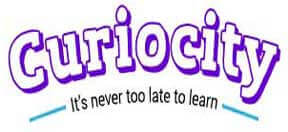





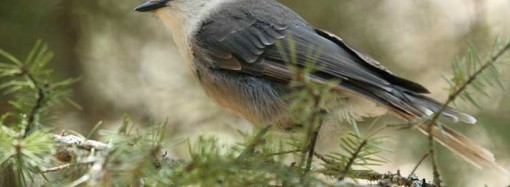
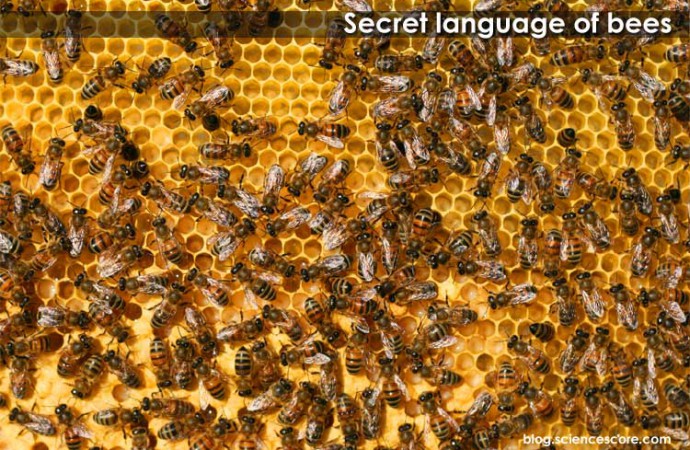


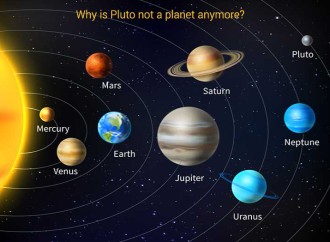


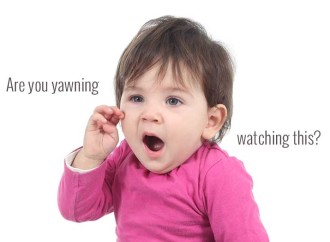

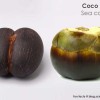

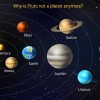




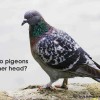






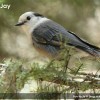



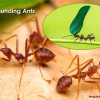










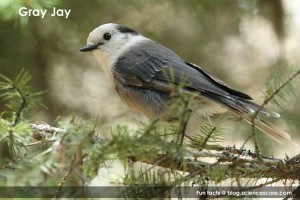
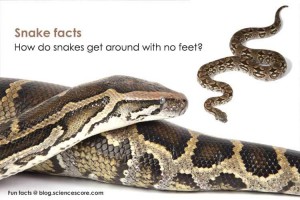

Leave a Reply